After the collapse of the Soviet Union, the Russian Federation’s Aerospace Forces inherited many air-launched weapons, including standoff missiles and bombs for tactical and attack aircraft. Nevertheless, the technical backwardness of aircraft and the decline of most enterprises greatly slowed down the development of this type of weapon.
State of tactical and attack aircraft of the Russian Federation
The general condition and capabilities of Russian tactical aviation hardly meet modern world standards, where aircraft are expected to serve as multi-purpose platforms with the ability to engage both ground and air targets.
Currently, Su-25 aircraft are undergoing a modernization process to reach the SM3 level. This modernization includes the installation of an updated advisory warning system, laser irradiation systems, and modernized on-board computers. All this enhances the aircraft’s combat readiness.
It should be noted that previous attempts to integrate completely new systems into aircraft of this type have failed. For example, efforts to modernize them to the Su-25T level were canceled due to underfunding and issues with local products like the I-251 Shkval’s sighting and computer system.
Besides, the production of Su-34M aircraft is ongoing currently, and the process is planned until 2030. This extended production schedule will allow for multiple upgrades over time, including updates to the Sh-131 airborne radar station and aircraft protection systems. Aircraft of this type are intended to replace the aging Su-24M aircraft, which have been in service for approximately 40 years and have formed the backbone of the tactical aviation fleet.

But, despite the bad condition of the platforms and their modernization potential, the development of modern air-launched weapons for the Russian Federation is progressing slowly. This is primarily due to underfunding and technical backwardness in the production of chips, which are widely used in high-precision weapons and guidance systems
High precision Air-to-Ground air-launched weapons
In contrast to Western countries, the categories of high-precision air-to-ground weapons for aircraft in Russia have been developed by creating specialized aircraft for the use of certain weapons. The lack of technology to create compact laser targeting pods has further complicated the situation.
The main carriers of high-precision weapons are the Su-34, Su-24 bombers, and Su-25 attack aircraft.
The Russian Air Force classifies high-precision air-to-ground missiles as general aviation missiles.
General-purpose missiles include Kh-25 (ML), Kh-29 (T/TD/L), Kh-38 (ML/MC/MT/MA), and Kh-59 (M). They are used to destroy lightly armored targets, personnel, command posts, and other facilities. These missiles are controlled by radio command or inertial guidance in the initial and middle flight stages, transitioning to homing (television or laser homing head) in the final stage.

Kh-25ML short-range air-to-ground missile
The missile is designed for use against ground and surface targets in regular weather conditions, both day and night. It was adopted in 1981 and has since become the primary air-launched precision weapon for destroying targets within the aircraft’s arsenal, including the Su-17M3/4, Su-22M3/4, Su-24M, Su-25, MiG-27M/D/K, and Su-34.
Missile guidance is achieved through a semi-active homing head. To employ the rocket, a pilot must visually identify the target and then use the onboard ground target acquisition and illumination laser system or rely on the ground-based target designation system for launch guidance.

The launch range should not exceed 10 kilometers for an accurate hit. The missile is equipped with an 86 kg of HE-Frag warhead.
Kh-29 (T/TD) short-range air-to-ground missile
The missile is designed to destroy challenging targets, including surface ships (up to 10 thousand tons in displacement), concrete bunkers, bridges, and more. Guidance requires visual contact with the target under regular weather conditions.
Its utilization is possible with the Su-30MK, Su-25, MiG-29, and Su-24M aircraft by attaching an AKU-58 missile launcher to the aircraft.
This weapon employs television guidance, with the image from the head being transmitted to the pilot’s indicator before launch. The pilot selects the target area before launch. After launch, the missile is controlled by an autopilot to enter the designated sector, at which point it initiates targeting. The homing head scans within an angle of 12×16 degrees and 2.1×2.8 degrees in target tracking mode.

The missile is equipped with a one-stage solid rocket engine, for launch to a maximum range of 13 km (T version) and 30 km (TD version).
The warhead is high-explosive, weighing 317 kg. Detonation delays can be set from the carrier aircraft.
Kh-29L (laser)
This is a version of the missile equipped with a semi-active laser homing head that can be employed by specialized aircraft equipped with an integrated laser targeting system or by conventional aircraft guided by a ground laser targeting station.
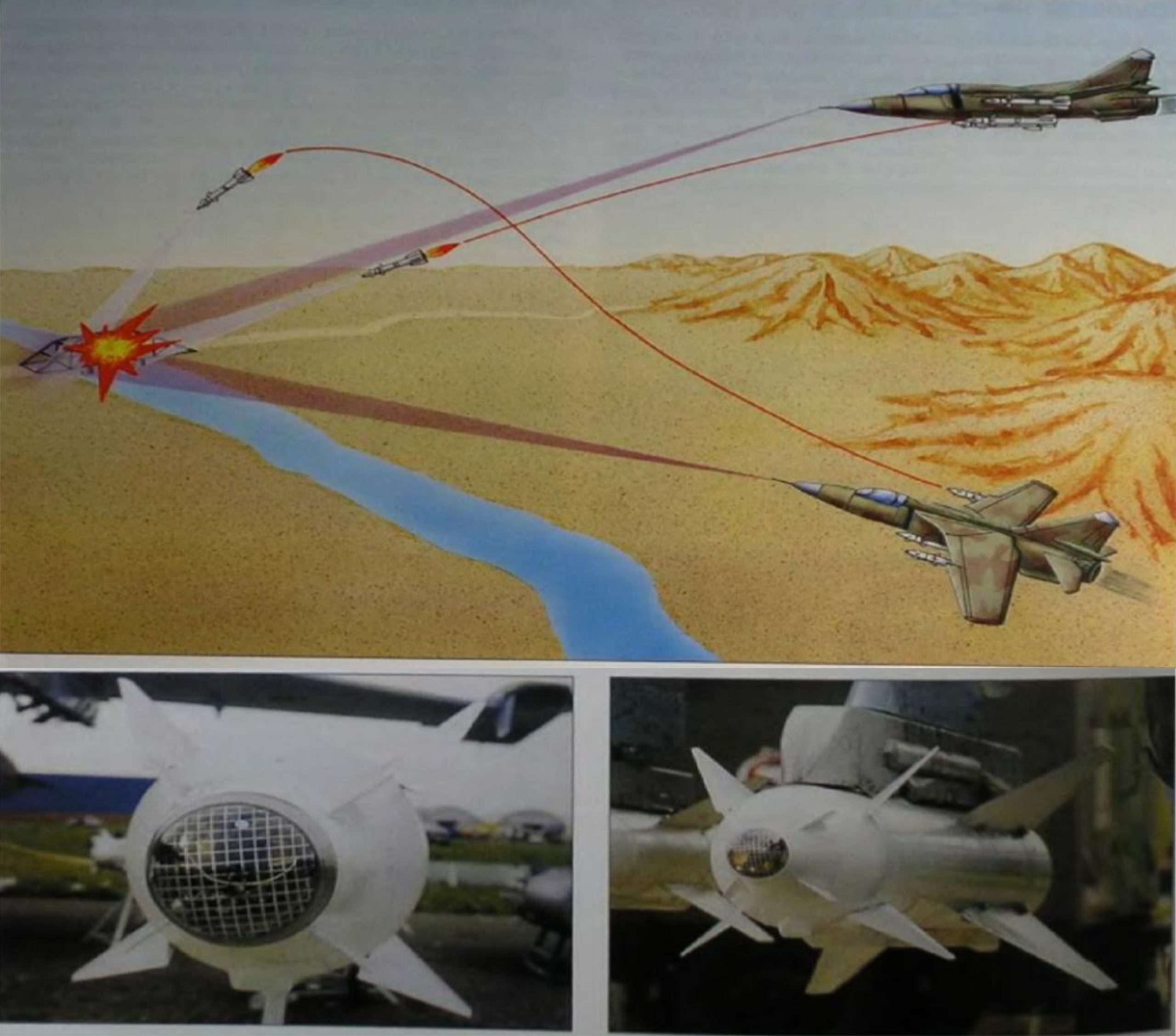
The missile has been upgraded with an advanced guidance system that involves setting an initial flight path within a designated sector. Once in this sector, the laser homing head is activated to seek out laser irradiation. This improved guidance system enhances accuracy, ensuring the missile hits within a radius of 5-7 meters.
In addition, the launch range of the missile should not exceed 8 kilometers in ideal weather conditions.
Kh-38 short-range air-to-ground missile
The development of the missile aimed to enhance its autonomy and its ability to be used in all weather conditions. This capability should ensure timely support for troops and the destruction of critical targets. The missile’s modularity should allow for changes to its control and guidance systems.

Powered by a two-stage solid rocket motor, the missile achieves a high flight speed of 2.2 mach, although it does not extend its maximum range, which stands at 40 km. The missile is equipped with a 250 kg warhead.
It can be launched from a Su-34 aircraft either in a fully autonomous mode using a satellite communication system or through a laser targeting system for engaging moving targets.
Kh-59 short-range air-to-ground missile
The missile is designed for the destruction of ground and surface targets at predetermined coordinates. It features two types of engines: a rocket booster and a turbofan, which extend its range to 40 km.
Equipped with a television homing head, the missile is controlled via radio commands. To preserve the sensitivity of its guidance system, it is stored in a specially pressurized container.

The missile is equipped with a high-explosive warhead weighing 148 kg. It can be launched using the APK-9 launch container. However, due to its significant total mass of 979 kg, there are operational limitations when used with Su-24M and Su-34 aircraft.
Kh-59М (modernized)
The main difference in the updated missile is the improved missile control equipment, which allows the weapon systems officer to control the missile after launch and target it at the selected target through the information display. The improved engine has increased the missile’s range to 103 km, enabling aircraft to stay out of the range of medium-range SAM systems.
Precision-guided aviation missiles in the war against Ukraine
The Russian invasion of Ukraine demonstrated a significant lack of Russian aviation capabilities for using guided missiles from aircraft due to the dense air defense coverage in Ukraine. Missiles with a maximum range of up to 15 km need to be employed in close proximity to the front lines, which raises doubts about the practicality of using such missiles from aircraft. Additionally, in some cases, these missiles require target designation from the aircraft itself, which poses risks to the aircraft.

To enable their effective use, the Russian Aerospace Forces must establish air superiority by neutralizing enemy air defense systems and combat aviation. Currently, the Russian Aerospace Forces have lost approximately 20 Su-34 aircraft and 21 Su-25 attack aircraft, highlighting their vulnerability to Ukrainian air defense systems and infantry MANPADS.
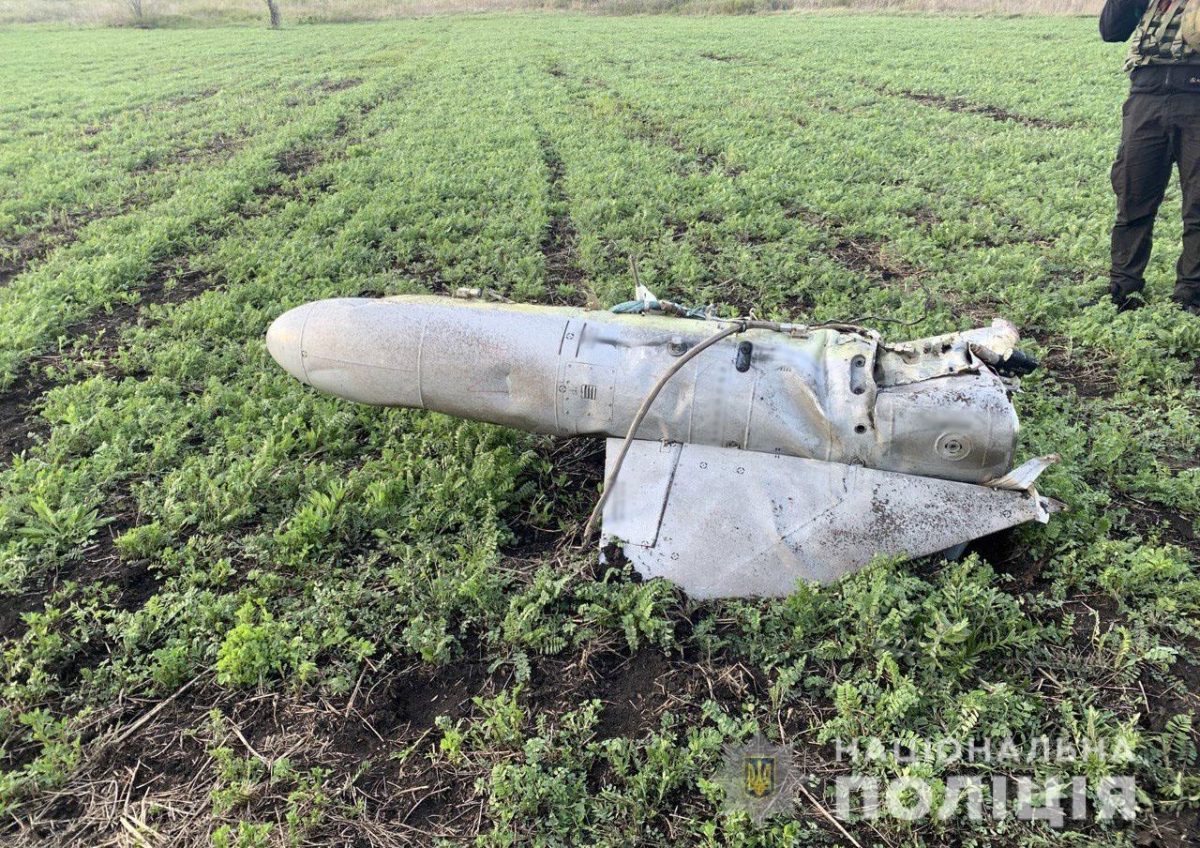
The utilization of longer-range Kh-59M/MK3 missiles, with ranges of 100 and 300 km, has notably decreased the likelihood of aircraft destruction, but not the missiles themselves. According to Yuri Ihnat, spokesperson for the Air Force of the Armed Forces of Ukraine, Ukraine has effectively intercepted missiles of this type and has even presented the remnants of downed missiles. However, due to launches in areas with lower air defense coverage, some missiles still managed to reach their intended targets.
Conclusions
Despite receiving a wide range of precision missiles from the USSR for tactical aviation, the Russian industry has struggled to fully modernize these missiles and develop products with guidance systems comparable to Western types like Brimstone, JAGM, and LAHAT, which utilize combined homing heads with active radar homing and laser guidance.
Moreover, technological stagnation is evident in the development of compact containers for laser targeting stabilization systems. Despite the existence of mock-ups since 2005, these systems have not been officially adopted or progressed to full-fledged prototypes.
Due to these challenges, the development of aircraft and the installation of equipment must consider the allocation of space for integrated laser targeting systems. However, this presents limitations due to the system’s small angle and issues with rapid updates.

Furthermore, other aircraft types such as the Su-30, Su-35, and MiG-29 lack integrated or suspended target designation systems, significantly restricting their capabilities as multi-role fighters. These shortcomings highlight the disparity between these Russian products and their Western counterparts, resulting in a lack of appropriate standardization.
SUPPORT MILITARNYI
Even a single donation or a $1 subscription will help us contnue working and developing. Fund independent military media and have access to credible information.


 Вероніка Грищенко
Вероніка Грищенко 
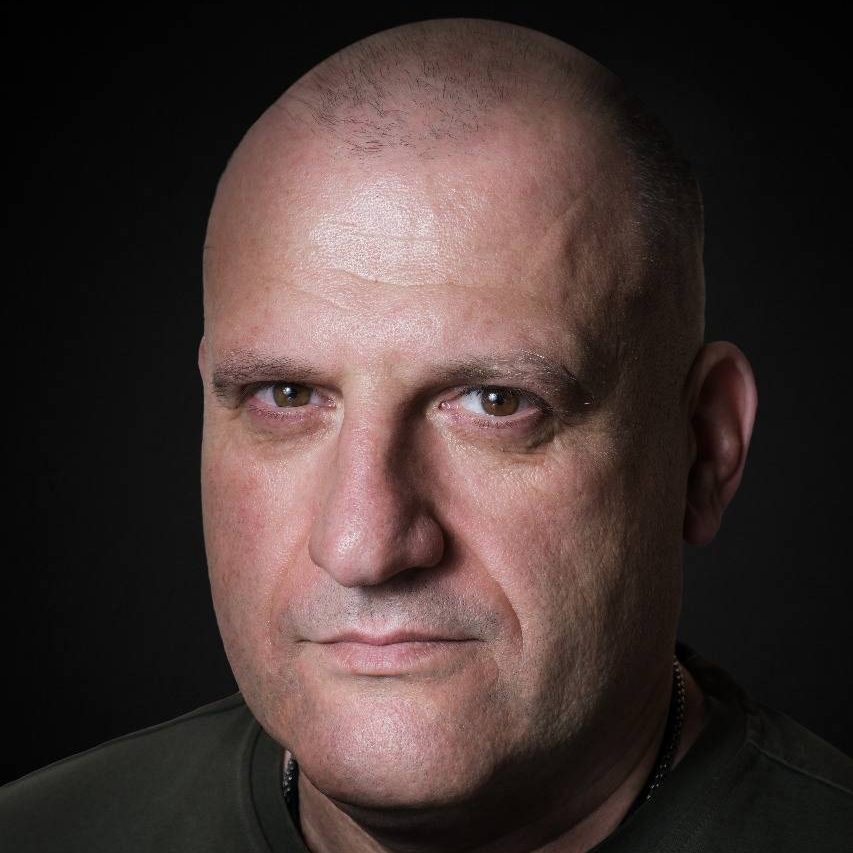 Андрій Соколов
Андрій Соколов 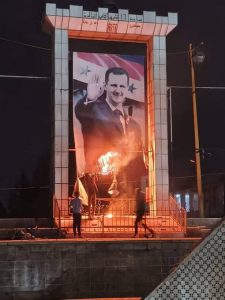
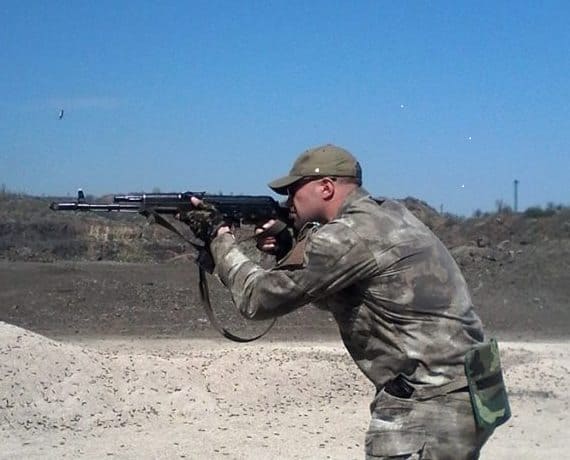 Urich
Urich 
 Андрій Харук
Андрій Харук 
 Контужений Безпілотник
Контужений Безпілотник 
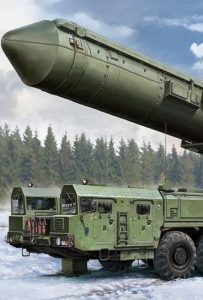
 Центр ініціатив ПЖ
Центр ініціатив ПЖ 
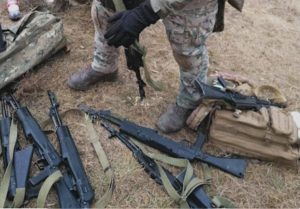


 Vadim Kushnikov
Vadim Kushnikov 
 Андрій Тарасенко
Андрій Тарасенко 
 Юрій Юзич
Юрій Юзич 



